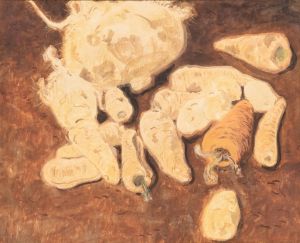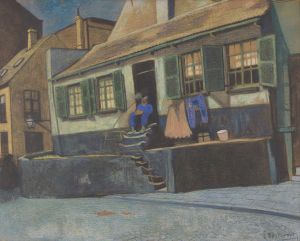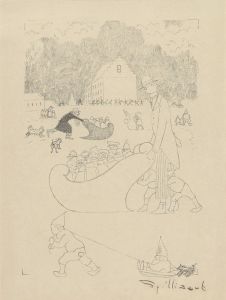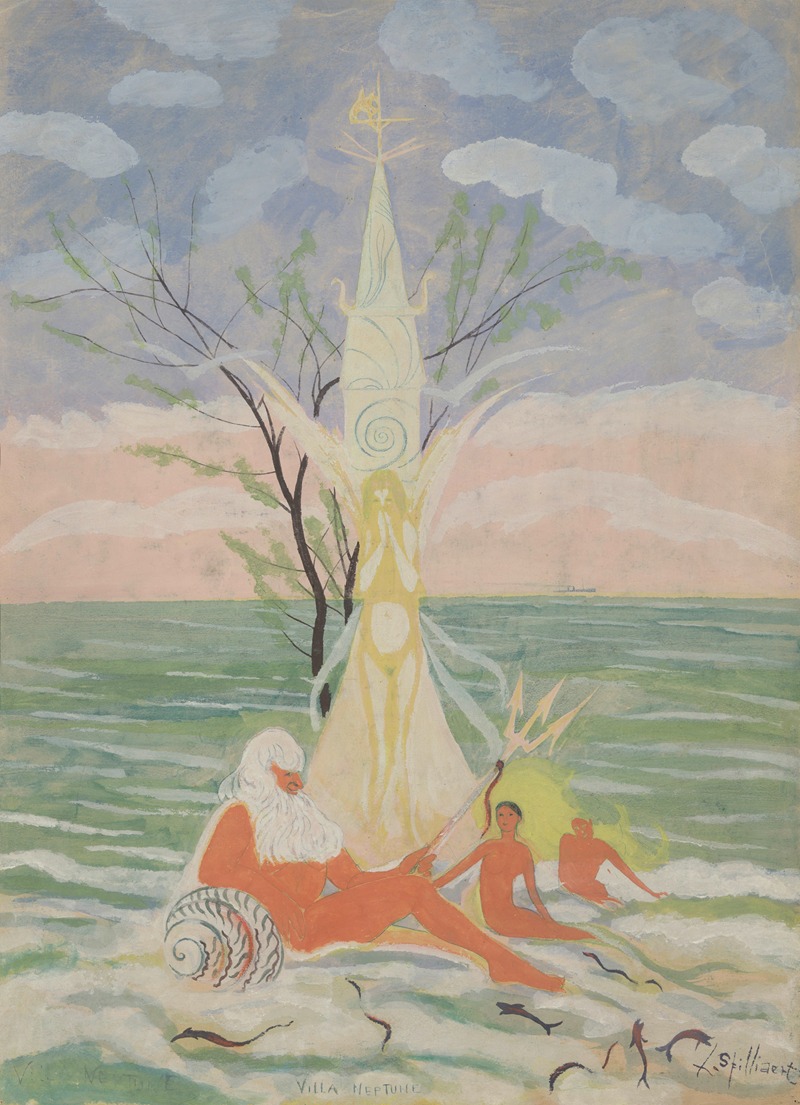
Neptunus, figuren en zee
A hand-painted replica of Léon Spilliaert’s masterpiece Neptunus, figuren en zee, meticulously crafted by professional artists to capture the true essence of the original. Each piece is created with museum-quality canvas and rare mineral pigments, carefully painted by experienced artists with delicate brushstrokes and rich, layered colors to perfectly recreate the texture of the original artwork. Unlike machine-printed reproductions, this hand-painted version brings the painting to life, infused with the artist’s emotions and skill in every stroke. Whether for personal collection or home decoration, it instantly elevates the artistic atmosphere of any space.
Léon Spilliaert was a Belgian symbolist painter known for his unique style that often combined elements of symbolism and expressionism. Born in 1881 in Ostend, Belgium, Spilliaert developed a distinctive artistic voice that was influenced by the coastal landscapes of his hometown, as well as by his introspective nature and interest in existential themes. His works often explore themes of solitude, mystery, and the metaphysical, frequently featuring dreamlike and atmospheric qualities.
"Neptunus, figuren en zee" is one of Spilliaert's works that exemplifies his fascination with the sea and mythological themes. Although specific details about this particular painting are scarce, it is consistent with Spilliaert's broader oeuvre, which often includes maritime elements and mythological references. The title itself suggests a depiction of Neptune, the Roman god of the sea, alongside figures and the sea, indicating a thematic exploration of mythology and the natural world.
Spilliaert's technique often involved the use of watercolor, gouache, and ink, which allowed him to create works with a haunting, ethereal quality. His palette was typically muted, with a focus on blues, blacks, and grays, which contributed to the somber and contemplative mood of his paintings. This approach is likely reflected in "Neptunus, figuren en zee," where the interplay of light and shadow would create a sense of depth and mystery, drawing viewers into the enigmatic world Spilliaert sought to portray.
Throughout his career, Spilliaert was influenced by a variety of sources, including literature, philosophy, and the works of other artists. He was particularly inspired by the writings of Edgar Allan Poe and the philosophy of Friedrich Nietzsche, both of which informed his exploration of existential and metaphysical themes. Additionally, Spilliaert's work shows the influence of the symbolist movement, which emphasized the use of symbolic imagery to convey deeper meanings and emotions.
Spilliaert's art was not widely recognized during his lifetime, but he has since gained recognition as a significant figure in Belgian art history. His works are now appreciated for their innovative approach and their ability to evoke a sense of mystery and introspection. "Neptunus, figuren en zee," like many of Spilliaert's paintings, invites viewers to contemplate the relationship between humanity and the natural world, as well as the myths and stories that shape our understanding of both.
Today, Léon Spilliaert's works are held in various collections and museums, where they continue to captivate audiences with their unique blend of symbolism, expressionism, and personal introspection. His contribution to the art world is celebrated for its originality and its ability to transcend the boundaries of traditional artistic movements, offering a glimpse into the complex and often enigmatic world of one of Belgium's most intriguing artists.





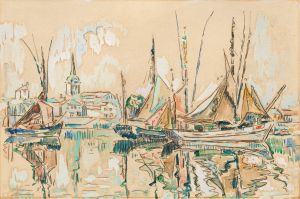




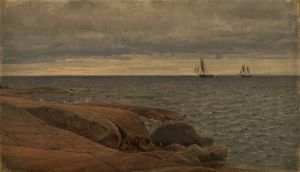


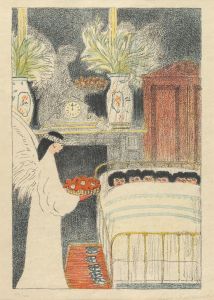
![Le Phare aux signaux [De vuurtoren]](/imgs/265487/s/leon-spilliaert-le-phare-aux-signaux-de-vuurtoren-e990bdd5.jpg)
